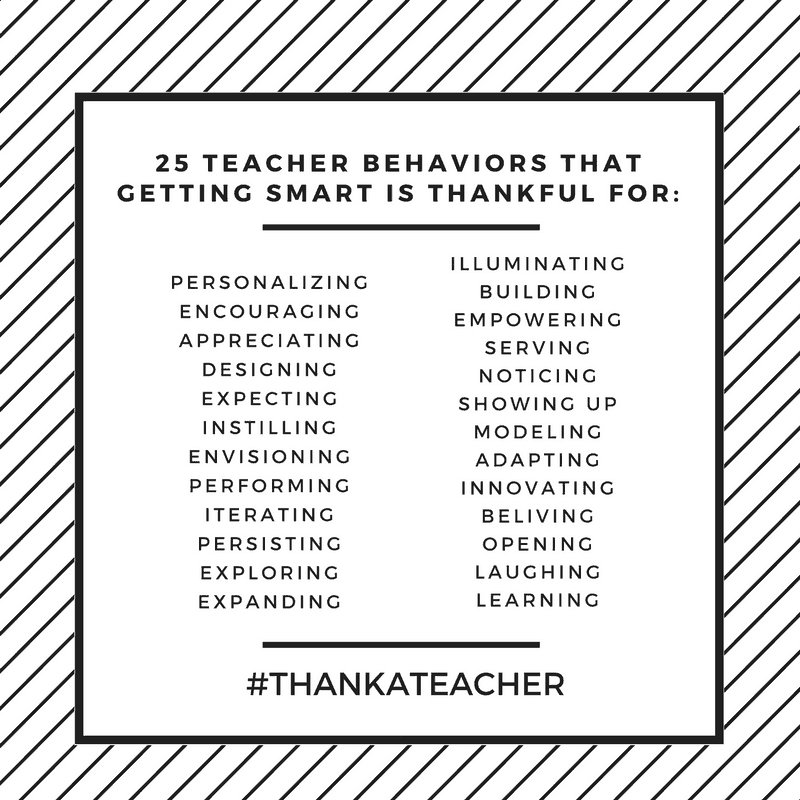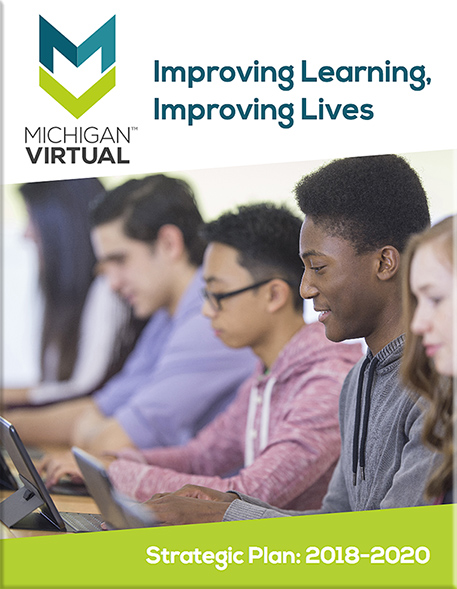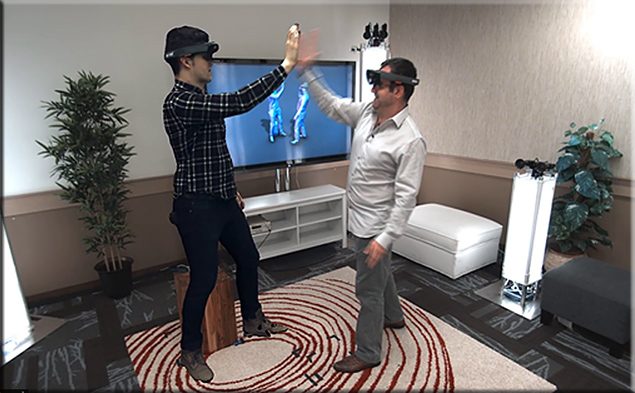How Blockchain Could Help Emerging Markets Leap Ahead — from hbr.org by Vinay Gupta and Rob Knight
Excerpt:
Much has been made of the potential for blockchain technologies to open up new vistas for business and society. But is there a way for this revolutionary technology to empower the rich and poor alike? We argue that, like previous revolutionary ideas, blockchain has the potential to help developing nations leapfrog more-developed economies.
Leapfrogging — using the lack of existing infrastructure as an opportunity to adopt the most advanced methods — has been a highly effective strategy for developing nations over the last few decades. The most visible example of leapfrogging today is in nations like Kenya and South Africa, which have rolled out near-universal telephone access using 3G networks instead of laying down copper cables, and provided internet access by smartphone rather than with desktop PCs. But it’s not just physical infrastructure that can be leapfrogged.
One of the 20th century’s most celebrated examples of leapfrogging happened in Japan, when the country recovered from the ravages of World War II by embracing sophisticated new manufacturing techniques.
Blockchains can also address the most pressing needs of developing-world governments: the modernization and digitization of government functions. The current world leader in blockchain adoption is Dubai, and there is much in Dubai’s approach that could be adopted by developing world nations. The Dubai Blockchain Strategy (disclosure: Vinay is the designer) envisions moving all government documents — more than 100 million documents per year — onto a blockchain by 2020, creating a new platform for innovation and huge cost savings.
Because it was explicitly designed to function in an environment where participants cannot necessarily trust each other, blockchain technology is extremely secure. Records held on a blockchain database are immune to being tampered with by third parties, and can thus be authoritative. Smart contracts can provide automatic and predictable execution, again removing the ability for third parties to subvert agreed-upon processes. The benefits for a developing economy are clear: There’s less potential for fraud and corruption, trade becomes more efficient and less costly, government becomes more effective, and local technology hubs can form to build out the infrastructure and export the knowledge gained.
Educational records, business histories, health care information, and credit ratings could all be made usable the world over, helping those who want to trade or travel to prove their credentials. Anybody who has ever paid too much for a college transcript or tried to clear a shadow on their credit score can see how systems like this would be helpful in our daily lives.
Also see:
Dubai Blockchain Strategy — from smartdubai.ae
Excerpt:
Required documentation, such as visa applications, bill payments and license renewals, which account for over 100 million documents each year, will be transacted digitally under the new strategy. Blockchain technology would contribute savings of up to 114 MTons CO2 emissions from trip reductions, and redistribute up to 25.1 million hours of economic productivity in saved document processing time.
And from another perspective — from Forrester’s 2018 predictions document
Blockchain is a story of rational exuberance. Blockchain promises to fully enable bold platform and ecosystem strategies while defending against increasing cybersecurity threats. And that extraordinary promise is, in part, the problem. The exuberance for blockchain hindered progress in 2017:
- Marketers oversold blockchain.
- Teams ran narrow tests that delivered underwhelming results against high expectations.
- Teams applied blockchain-like approaches to problems that they could have solved with existing technologies.
Eighty percent of projects failed to meet expectations.
In 2018, the combination of rhetoric and enthusiasm will continue to limit blockchain gains. However, 30% of proofs of concept will accelerate blockchain for those companies able to consider its operational impact.
Addendum on 11/21/17:


















